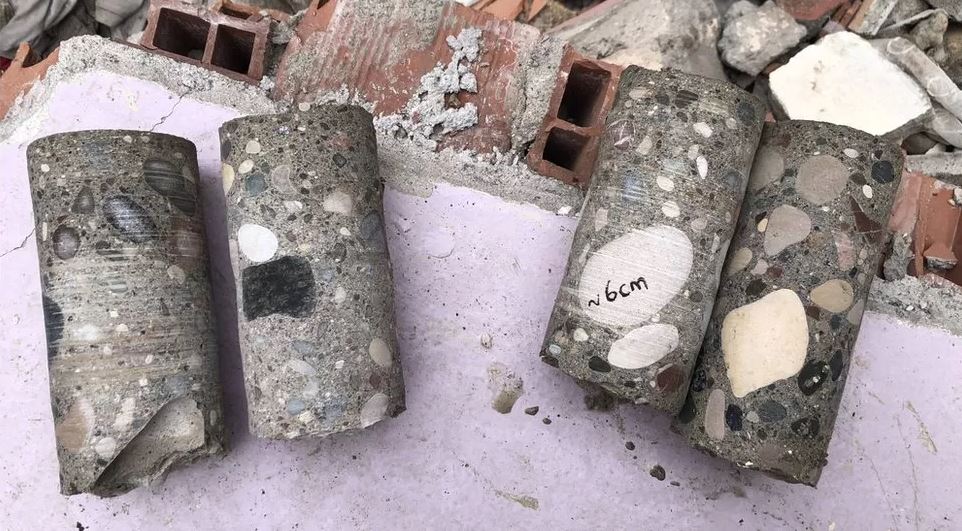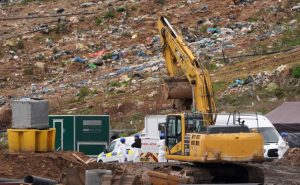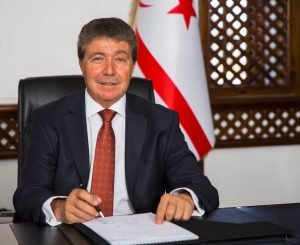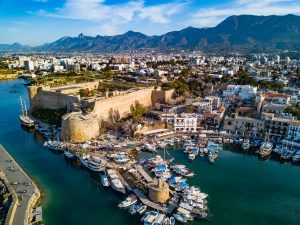UK team to assess building damage caused by earthquake
STRUCTURAL and civil engineers from the UK have travelled to Turkey to help to investigate the damage caused by last month’s powerful earthquake.
They are collecting geological data and carrying out detailed assessments of why so many buildings collapsed.
Work with their Turkish colleagues has revealed examples of poor construction, including large pebbles mixed in concrete, which weakens its strength.
But the sheer power of the quake also caused some of the devastations.
The ground movement was so great in some areas that it exceeded what buildings had been designed to withstand.
Turkey is also carrying out its own extensive investigations into the quake.
The research is being carried out by the Earthquake Engineering Field Investigation Team (EEFIT).
The group includes experts from industry as well as leading academics and has carried out assessments of major earthquakes over the last three decades.
They will combine their findings with research being carried out by Turkish teams and other structural engineers with the aim of learning lessons from the earthquake and finding ways to improve the construction of buildings to make them more resilient.
The Magnitude 7.8 earthquake struck on 6 February in southern Turkey close to the Syrian border and was followed by powerful aftershocks.
More than 50,000 people lost their lives in the region as buildings collapsed.
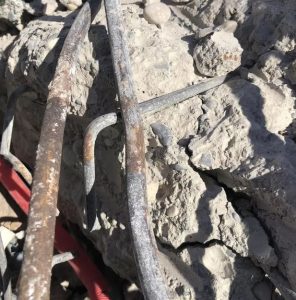
In the wake of the devastation, there has been scrutiny of building regulations and construction practices in Turkey. Now the EEFIT team is carrying out technical evaluations of the performance of buildings in the area.
The EEFIT team is also analysing the nature of the quake. Dr Yasemin Didem Aktas, co-leader of the expedition, from UCL in London, said that the earthquake was extremely powerful.
“Even the aftershocks were as large in magnitude as a decent-sized earthquake,” she said.
“In an earthquake, the ground shakes in a horizontal and vertical fashion. Often the vertical component is much lower and negligible compared to the horizontal movement. However, this event recorded very high vertical accelerations as well.”
The United Nations has estimated that the cost of clearing and rebuilding in the earthquake in Turkey could exceed $100 billion.
The EEFIT team says the findings, which will be published in the coming weeks, could help in setting new building codes to stop the devastation caused by this earthquake from happening again.

